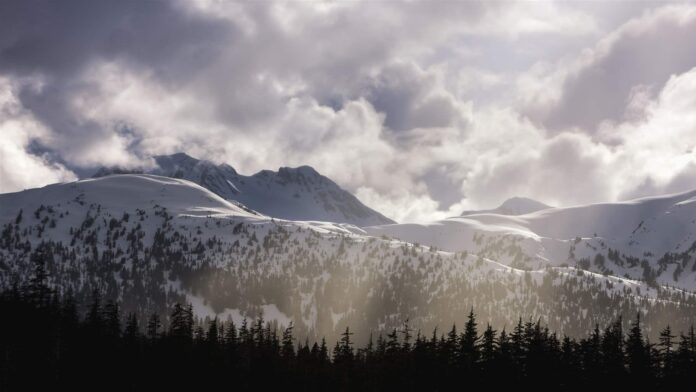The U.S. Department of Agriculture (USDA) today restored long-standing protections to 9 million acres of the Tongass National Forest in southeast Alaska, the crown jewel of the U.S. national forest system. A wide range of Alaskans have advocated for these safeguards on the Tongass, including southeast Alaska Tribes, salmon fishers, outdoor recreation and tourism business owners, and nearly a quarter of a million people from across the country who submitted public comments to the U.S. Forest Service, which is part of USDA.
USDA’s decision to reinstate the 2001 Roadless Area Conservation Rule in the Tongass honors Indigenous people’s leadership on behalf of the Tongass, both as stewards of areas within their traditional territories and as advocates—in the federal courts and elsewhere—for safeguards. This action reverses a policy implemented by the Trump administration that opened roadless areas to development in approximately half of the Tongass, the largest forest in the U.S. and the largest intact coastal temperate rainforest in the world.
Since the Forest Service established the national roadless policy in 2001, the rationale for conserving this swath of the Tongass—the only part of the forest not yet open to road building and other development—has been buoyed by numerous scientific studies showing that large, contiguous protected areas are necessary to sustain healthy ecosystems and to act as a bulwark against climate change. The Tongass, with its ancient stands of Sitka spruce, western hemlock, western red cedar, and Alaska cedar, holds more biomass per acre than any other rainforest in the world and stores more carbon than any other U.S. national forest. Old-growth trees provide shade and reduce erosion, which keep streams cool and clear. This in turn enables salmon to fulfill their vital role in the ecosystem, providing food for people and wildlife, supporting local economies, and—when the fish die after spawning—serving as fertilizer for the surrounding land.
Southeast Alaska Tribes have long advocated for management policies that will preserve their way of life, including the traditional hunting, fishing, and gathering that occurs within their ancestral territories. In 2020, as President Trump was preparing to strip some protections from the Tongass, a dozen Tribes petitioned the federal government to maintain the full roadless rule protections to ensure sustainability of the landscape and to implement a Traditional Homelands Conservation Rule that would require more robust consultation in the land management process.
“We are tied to our lands that our ancestors walked on thousands of years ago,” said Joel Jackson, president of the Organized Village of Kake Tribal Council. “We walk these same lands and they provide food security—deer, moose, salmon, berries, our medicines. The old-growth timber plays an important part in keeping all these things coming back year after year, especially our salmon, because the trees keep our streams cool. The forest is our supermarket year-round and it’s a spiritual place where we go to ground ourselves from time to time.”
By reinstating roadless protections to the Tongass National Forest, the U.S. is averting damage—from logging and other harmful activities—to a cherished landscape. The move also honors Indigenous peoples, supports local economies, helps mitigate climate change, and gives the Tongass a fighting chance to continue serving the interests of all Americans far into the future.
Ken Rait is a project director and Suzanne Little is an officer with The Pew Charitable Trusts’ U.S. public lands and rivers conservation project.
Credit: Source link

































